Cosmetic Surgery Lowdown
With celeb rags documenting lip and nose jobs and plastic-surgery dramas playing in prime time, nips and tucks have gained a new, "everyone's doing it" vibe.
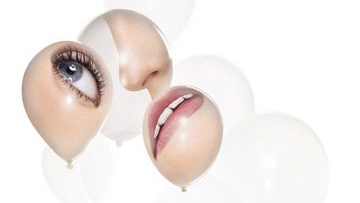
With celeb rags documenting lip and nose jobs and plastic-surgery dramas playing in prime time, nips and tucks have gained a new, "everyone's doing it" vibe. (Why, even the occasional pop singer has been known to give her nose a tweak — shortly after claiming she loved her body in the pages of a national magazine, no less!) But if you're gonna do it, you have to know what you're getting into — and what the alternatives are. (Just leave the hypocrisy out of it, thanks.) Here, the facts about the latest techniques.
EYES
As your skin loses volume with age, your eyelids can droop and under-eye bags can reveal themselves. The old way to do upper-and lower-eyelid-lifts often took away too much fat, says Haideh Hirmand, M.D., of Cornell Medical College. "It created the hollowed-out look we're trying to avoid." Now, docs don't just remove fat, they reposition it.
People with dark circles and hollows may be able to avoid the knife altogether with the help of injectable fillers and a daring new form of sclerotherapy, in which superficial under-eye veins are eliminated with saline injections. Even better: Start using eye products now that help prevent future damage.
EYELID OVERHANG
TREATMENT: Eyelid-lift surgery (blepharoplasty) with new, more natural looking results.
DESIGNED FOR: "People who naturally have a small eyeshadow space," says Dr. Hirmand. Surgery is an option when your skin in that area starts to hang over your lid.
HOW IT WORKS: Drooping skin is removed through an incision along the crease of the upper lid. A small amount of fat is repositioned or removed, and the whole area is lifted and tightened.
DOWNTIME: About a week of swelling and bruising.
Stay In The Know
Get exclusive access to fashion and beauty trends, hot-off-the-press celebrity news, and more.
PROS: Scarring is minimal and usually well hidden.
CONS: If too much skin or fat is removed, you could get that "deer in the headlights" look. And, in rare cases, you may not be able to fully close your eyes. "Blepharoplasty can change the appearance of your eyes," warns Dr. Hirmand. "Have your doctor simulate the result first by lifting and tucking your lid with a Q-tip."
COST: About $2500 to $3500; results last at least a decade, maybe two.
STAVE OFF SURGERY WITH: A treatment product with antioxidants, such as Avon Anew Clinical Eye Lift, $28.
UNDER-EYE BAGS
TREATMENT: Lower-lid blepharoplasty.
DESIGNED FOR: Severe bags due to heredity or aging — or people who look more tired than they actually are.
HOW IT WORKS: Doctors make an incision in the lower lashline and reposition the fat, tighten the muscle, and remove extra skin. If puffiness bothers you, consider a partial lift (transconjunctival blepharoplasty): One incision is made on the inside of the lower lid.
DOWNTIME: About 10 days of swelling and bruising.
PROS: If no skin is removed, the scar is entirely hidden.
CONS: Incisions in the lower lashline can take up to a year to fade. (You can cover it with concealer — but do you want to have to?) And the procedure can alter the shape of your eyes, particularly at the inner corners, if it is not done properly.
COST: $2500 to $4500, depending on the extent of the procedure.
STAVE OFF SURGERY WITH: A product that tightens and depuffs: Try Kinerase Under Eye Rescue, $75, or Bliss Baggage Handler, $26.
UNDER-EYE HOLLOWS
TREATMENT: Hyaluronic acid (HA) injections.
DESIGNED FOR: Subtle changes.
HOW IT WORKS: Doctors inject a small amount of synthetic HA (Restylane, Hylaform, and Captique are the most common) into the hollowed area. Hyaluronic acid, which exists naturally in your body, has a hydrating, plumping effect that makes it an ideal filler. Plus, it helps diminish dark circles by putting a buffer between your skin and the blood vessels that cause the shadows, says Dr. Hirmand.
DOWNTIME: A week of bruising and swelling. Bruising is more likely with injections around the eyes than in the lips, since this fragile skin is so rich in blood vessels.
PROS: HA is more free-flowing than fat (the old filler used in this area) and can provide a smoother, more natural look.
CONS: Since HA attracts water, injecting too much of it can create bumps or unevenness. And there is a small but real risk of vision loss or blindness with any injection near the eye.
COST: About $600 to $750. Results last up to a year — HA stays put longer here than in other parts of the face.
STAVE OFF SURGERY WITH: A light-reflecting under-eye product, such as Neutrogena Skin Soothing Under Eye Corrector, Natural Light, $8.99.
DARK CIRCLES
TREATMENT: Sclerotherapy.
DESIGNED FOR: Anyone with dark circles but taut skin — and a willingness to try a controversial new procedure.
HOW IT WORKS: Steven Victor, M.D., a New York City dermatologist, maintains that superficial veins create dark shadows. He injects the veins with a solution (often salt water) that irritates capillary walls. They then collapse and are absorbed by your body.
DOWNTIME: One to two weeks for bruising; you need two to three treatments.
PROS: No more shadows.
CONS: Sclerotherapy was developed to treat spider veins in the legs. Using it near the eyes is experimental and potentially dangerous.
COST: About $375 per treatment. Results can last up to five years.
STAVE OFF SURGERY WITH: Hylexin, $95, designed to reduce the blood-vessel leaks believed to lead to circles, or high-tech creams such as Philosophy Dark Shadows, $30, and Clinique All About Eyes, $46.
LIPS
There's a fine line between great-looking and you've-got-to-be-kidding lips. The new fillers only get you so far — the rest is about finding a reliable doctor to inject them.
Injections are no longer just about plumping up the lips (good-bye, platypus); the current trend is to use them to restore the border of the lips that you lose as you age, and to lift sagging corners as well. But for natural results, you've got to put yourself in the hands of a doctor whose work you like. New injectables are rampant: Juvederm, with the highest concentration of HA yet, is the latest. Yet some docs cling to collagen (human or bovine), since it causes less bruising.
THINNING LIPS
TREATMENT: Injectable fillers, including HA (Restylane, Hylaform, Juvederm, and Captique), bovine collagen (Zyderm and Zyplast), human collagen (CosmoDerm and CosmoPlast), as well as silicone.
DESIGNED FOR: Restoring fullness and maintaining softness. The thinner consistency collagens (CosmoDerm and Zyderm) can give lip borders good definition, and small amounts of silicone are sometimes used to do the same (although there are questions about the filler's long-term safety, and about whether you should put something permanent in your lips).
HOW IT WORKS: The filler is injected through a small-gauge needle either in a continuous stream (a technique called "threading") or in a series of pearl-like dots. Threading means fewer puncture marks, but dots may afford better placement precision. The newest way to inject silicone is in tiny microdroplets that lower the potential for lumps.
DOWNTIME: Lips can be swollen for three to four days; bruising could last as long as a week.
PROS: Instant gratification without a permanent commitment, since fillers (except silicone) eventually fade.
CONS: Swelling, redness, bruising, and bumps (especially with silicone). Plus, "repeatedly injecting anything into the lips can cause scarring over time," says Thomas Romo III, M.D., director of facial plastic and reconstructive surgery at New York's Lenox Hill Hospital. Collagen is white and may show if it's not placed deep enough; it also fades more quickly than HA.
COST: About $600 to $750 for HA; $400 to 800 for collagen; and $500 to $1000 for silicone.
STAVE OFF SURGERY WITH: A lip plumper such as Too Faced Lip Injection, $25.50, or Benefit Lip Plump, $20.
BROWS
Browlifts, which reverse forehead wrinkles and falling eyebrows, have dramatically lost favor in the past five years. What's everyone doing instead? Botox, of course. Far less invasive yet very effective, Botox injections topped out as the number-one cosmetic procedure last year — even if they have greatly increased the number of people who can feel shock or surprise without actually showing it.
SAGGING BROWS
TREATMENT: Botox.
DESIGNED FOR: Worry lines between the eyes and/or wrinkles on the forehead.
HOW IT WORKS: When muscles in the brow and forehead are injected with botulinum toxin, they can't contract. With the muscle temporarily out of commission, wrinkles smooth out and the eyebrows appear lifted.
DOWNTIME: None.
PROS: Some say that regular Botox injections can prevent deeper lines from forming.
CONS: Botox lasts about three to six months. If the toxin is injected in the wrong place or leaks into nearby muscles, your eyelids may droop or the outer corners of your brows may end up oddly higher than the inner ones.
COST: About $380 per treatment.
STAVE OFF SURGERY WITH: Manhattan dermatologist Francesca Fusco, M.D., recommends the classic Hollywood secret: Frownies, $19.95. They're adhesive pieces worn overnight to keep your forehead smooth.
SKIN
Scientists have invented a miracle product that prevents premature sunspots, moles, and wrinkles. It's called sunscreen. If you've missed out on it for most of your life, however, new laser treatments help to erase some of the skin damage you've probably incurred, giving you fewer moles and spots to keep vigilant watch over. The new lasers designed to tighten skin and fade sunspots require less downtime and cause fewer complications than older ones, says New Jersey laser expert Mitchell Chasin, M.D. For diminishing more severe sun damage, peels and fillers are still popular. These options only manage aesthetics, though; sunscreen is still a far better weapon than a laser when it comes to your health (and, of course, it's seriously cheaper).
LOOSE SKIN, SUNSPOTS
TREATMENT: Laser skin resurfacing.
DESIGNED FOR: Erasing small moles and sunspots as well as wrinkles from sun exposure.
HOW IT WORKS: The two newest lasers-- Titan and Fraxel — both use infrared light to penetrate the skin. Titan goes deeper and stimulates collagen production, which tightens skin over time. Fraxel creates tiny wounds in the upper layer of the skin. As the skin repairs itself, sunspots and moles fade while texture, firmness, and tone improve.
DOWNTIME: Two days of redness and possible flaking with Fraxel. About six hours of redness with Titan.
PROS: Your skin will gradually look renewed without long-lasting redness — or pain.
CONS: It takes four to six weeks to see results, and they aren't as dramatic as what you see with older lasers. You need about three to five treatments with each.
COST: Titan, about $1500 to $2500 per treatment; Fraxel, about $1200 to $1500 per treatment. Results should last years, but docs recommend an annual touch-up.
STAVE OFF SURGERY WITH: Murad Age Spot & Pigment Lightening Gel, $55.
SUN DAMAGE
TREATMENT: Peels.
DESIGNED FOR: People with superficial wrinkles, fine lines, and sun damage.
HOW IT WORKS: A chemical solution wounds a layer of skin and then destroys the damaged cells. As the cells slough off, fresh new skin emerges. Trichloroacetic acid (TCA) is the best for fine lines; salicylic, glycolic, or lactic acid can also be used but don't work as deeply.
DOWNTIME: About a week of peeling and flaking.
PROS: A 20- to 30-percent-strength TCA peel will also fade sunspots and improve skin texture. Repeated peels are believed to boost your ability to produce collagen.
CONS: You'll feel a burning sensation during the peel, which bothers some people more than others. You could be scarred if the solution is too strong or left on too long, warns Dr. Victor, so seek a dermatologist experienced with peels.
COST: About $800 for a 20-percent TCA peel. Results should last one year.
STAVE OFF SURGERY WITH: Murad Skin Renewal Treatment Set, $113, with antioxidants and retinol to reduce the look of age spots and to smooth skin texture.
DEEP LINES
TREATMENT: Injectable fillers.
DESIGNED FOR: Radiesse (made of tiny synthetic calcium spheres) has been used to plump out nasolabial folds, marionette lines, and deep crow's-feet. Sculptra (poly-L-lactic acid, used in absorbable sutures) is used for filling hollow cheeks.
HOW IT WORKS: HA, collagen, and silicone work in the face just as they do in the lips.
DOWNTIME: Up to a week of swelling and bruising.
PROS: Results from both may last for years — so far, no other filler can claim that. Sculptra is believed to trigger your own collagen production over time.
CONS: Because these fillers last longer, any complications — such as bumps near the injection site — will, too. Both substances are thick and must be injected with a larger needle, so you'll have more downtime, says Dr. Romo. And you're gambling a bit on the longer-term effects, as they have not been studied as extensively as other fillers'.
COST: About $900 to $1500. Radiesse lasts up to two years; Sculptra, up to three.
STAVE OFF SURGERY WITH: Fusion Beauty LiftFusion Micro-Injected M-Tox Transdermal Facial Lift, $140, or Prevage Anti-Aging Treatment, $150 — or try a healthy attitude about life's little imperfections and what comes with the privilege of aging.
-
 I Used Nordstrom’s Sale Section to Craft 7 Perfect Summer Outfits
I Used Nordstrom’s Sale Section to Craft 7 Perfect Summer OutfitsThese are formulas you can rely on.
By Brooke Knappenberger
-
 Your Syllabus Guide to the 'Weak Hero Class 2' Cast—Meet the Rising K-Drama Stars Playing the Students of Eunjang High
Your Syllabus Guide to the 'Weak Hero Class 2' Cast—Meet the Rising K-Drama Stars Playing the Students of Eunjang HighSo many exciting names join Park Ji-hoon in the second season of the Netflix hit.
By Quinci LeGardye
-
 Prince William and Kate Middleton "Continue to Push Boundaries"
Prince William and Kate Middleton "Continue to Push Boundaries""They definitely have a different dynamic compared to other royal couples."
By Kristin Contino
-
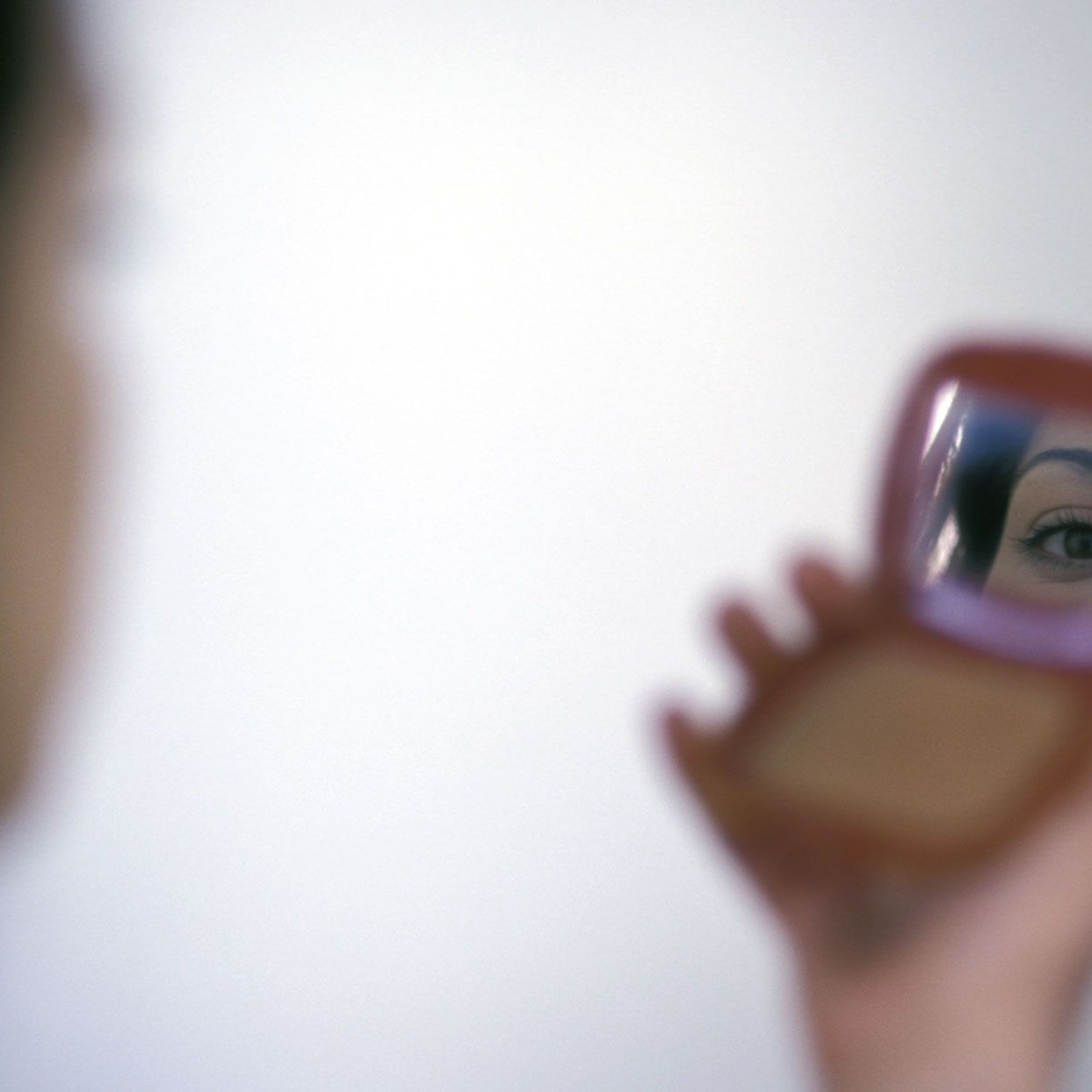 How Will I Age?
How Will I Age?How To Your goal: a younger, refreshed face. Your worry: looking fake, filled, and frozen. The answer? Devise a cosmetic game plan with your doctor before you do a thing.
By Gina Way
-
 The History of Plastic Surgery
The History of Plastic SurgeryWith cosmetic modifications dating back to the ancient Romans and Egyptians, look back at the evolution and modern side effects of body reconstruction.
By Kory Kennedy
-
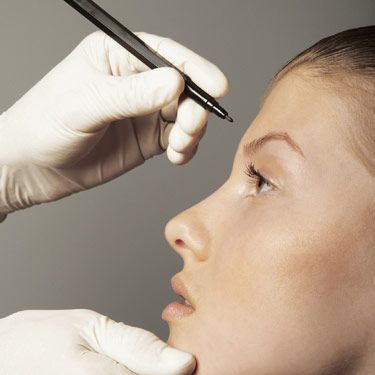 Brave New Botox
Brave New BotoxA sculpted nose, wider eyes, smoother skin, perkier breasts, even a perfect smile . . . America's favorite wrinkle-zapper now claims to do it all. Is that a good thing?
By Sarah Wexler
-
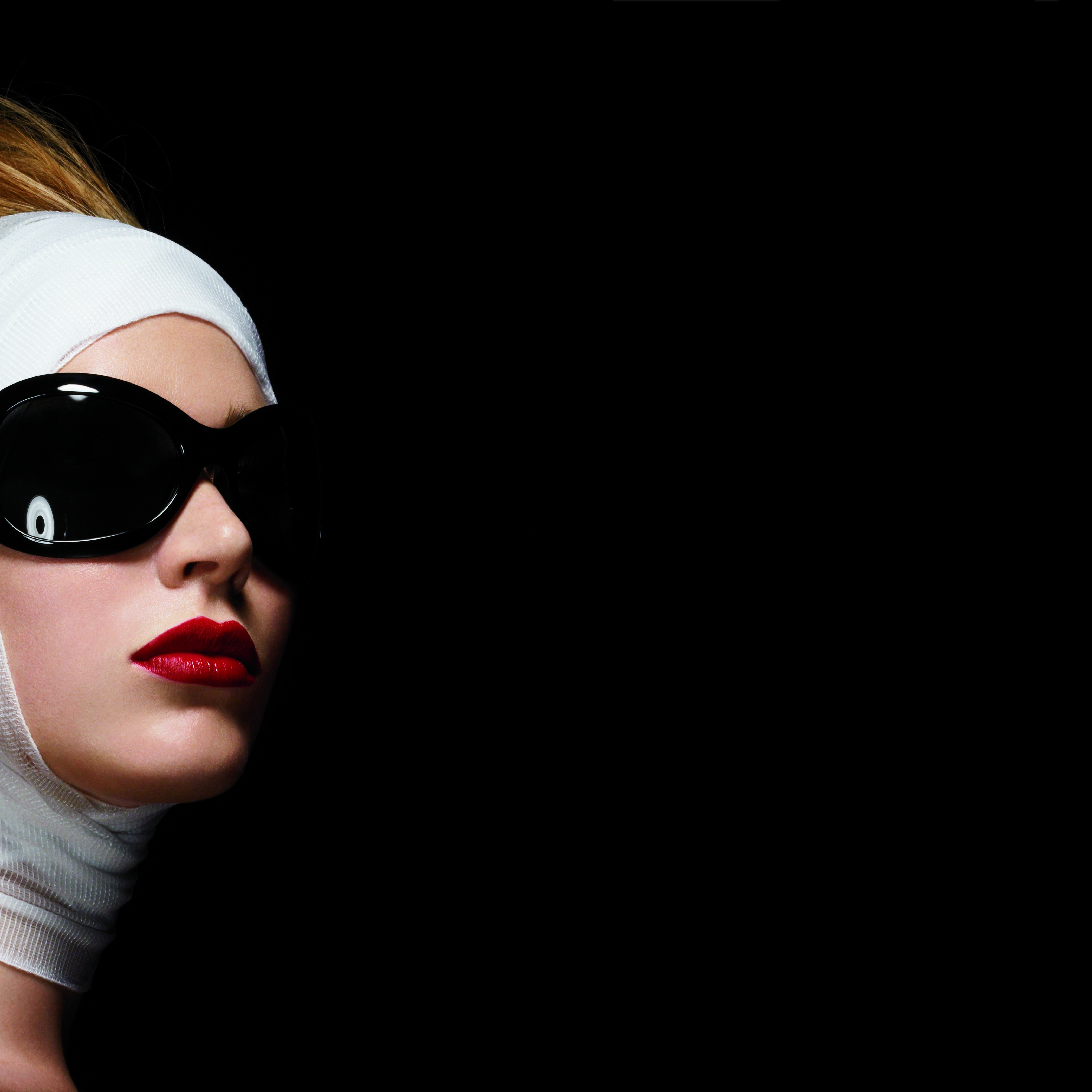 The Career Lift
The Career LiftThe latest résumé boost? Cosmetic surgery. In an increasingly rough job market, Judith Newman finds that it pays to look good.
By Judith Newman
-
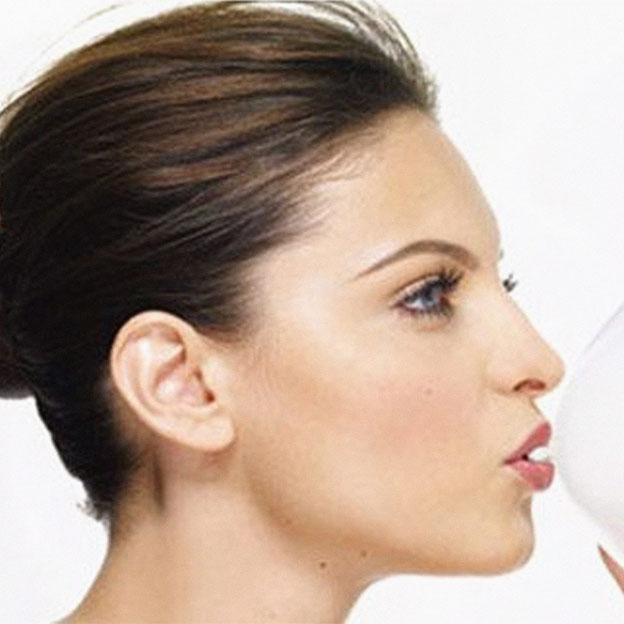 Cosmetic Surgery Lowdown
Cosmetic Surgery LowdownThe facts about the latest techniques.
By Wendy Schmid